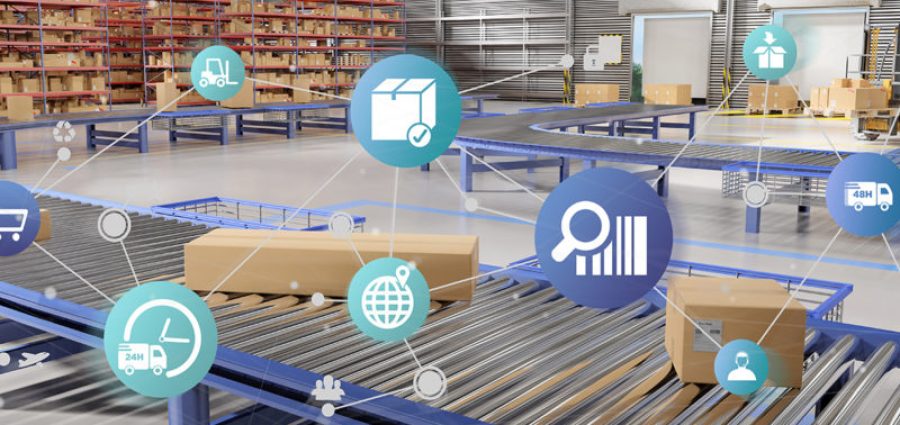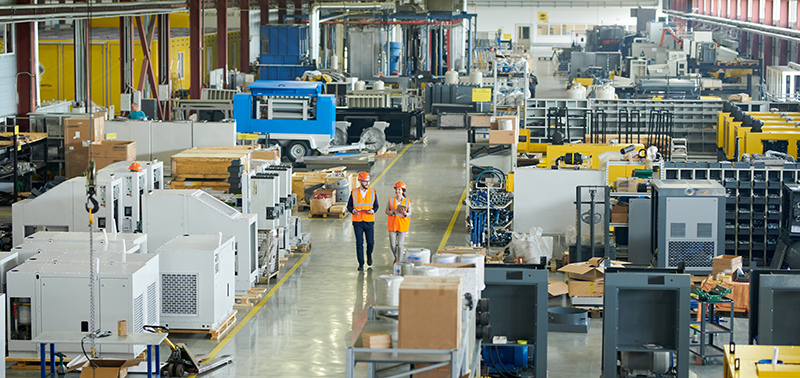COVID-19 is giving distributors a collective headache. Supply and demand are volatile. SKUs are too hot or too cold. Suppliers are faltering and failing. Supply chains are bending and breaking. Inventory levels are too low or too high. Brick and mortar is turning to stone while e-commerce is singing. And staff members are getting sick, sometimes in clusters.
None of us have a crystal ball. At any point, there are too many unknowns, too many uncertainties, too many questions and open issues, too many variables, and too much uncertainty for the human brain to comprehend, process and make good decisions. We need help or our heads will explode, turning our collective headache into something far worse: collective chaos. How can we make sense of that chaos, reduce risk and make calm, data-driven decisions when the world seems to be conspiring to prevent it?
Also see: “7 Supply Chain Dangers for Distributors to Avoid.”
Computer simulation is designed to do just that. Airlines use it for pilot training. Chip manufacturers use it to test new designs before they spend billions of dollars on new plants. Factories use it to test plans for assembly lines to make sure they will work as expected. Soldiers, surgeons, nurses, truck drivers, police officers, fire fighters and others use it to plan, train, and prepare for whatever the world is going to throw at them. Why shouldn’t distributors use it?
The Most Powerful Tool You’ve Never Used
Breathtaking changes in technology have led to equally breathtaking changes in computer simulation. The computer simulations of today can process huge amounts of data, incorporate loads of variables and variability, and explore multiple options, including worst-case scenarios like COVID-19, without breaking a sweat. And they can do it quickly and cost effectively. It’s the most powerful tool most of us have probably never used, but probably should. But does it work as advertised? Yes! Why do you think your kids spend so much time with their virtual reality headsets?
Simulations provide an animated, real-life representation in 2D or 3D (a digital twin) of how an operation, a process, or anything else works or could work (warehouse flows, inventory and SKU management, supply chain redesign, sourcing changes, operations improvement or staffing plans). You can view what you need to see from different angles; zoom in to see intricate details; zoom out to see the big picture. You can test company strategy, assess marketing campaigns, or explore changes to customer relationships and communications. You can evaluate performance statistics over hours, months or years of process or facility operation. And you can highlight what works, what doesn’t, and how best to meet your performance targets in a post-COVID 19 world, including traditional measures such as revenue, throughput and cost, and emerging measures such as social distancing and customer/employee flow to minimize virus spread.
We’re in the 21st century. It’s time to let the computer do some of the work. Conduct a virtual pilot to sanity test your plans before you make changes in real-time and risk making a mistake. It can help you fight through the chaos. If you don’t use it to make data-driven decisions and relieve your headaches, all at the same time, your competitors probably will.
Reach Bob Sabath, Transportation and Logistics Advisors, LLC at rsabath@TandLA.net or (847) 983 8934.
Related Posts
-
Through his AI-driven company proton.ai, 23-year-old Benj Cohen is creating digital capabilities targeted specifically for…
-
New orders placed in January 2020 fell 34% from January 2019, the lowest since January…
-
While the COVID-19 pandemic has slowed M&A to a crawl in distribution and most sectors,…




